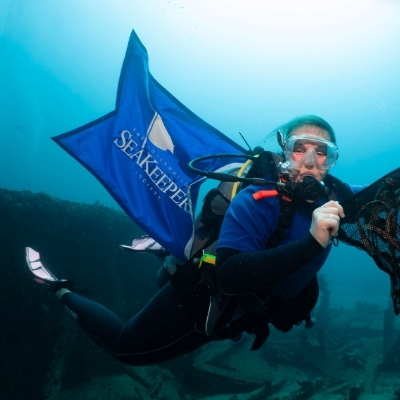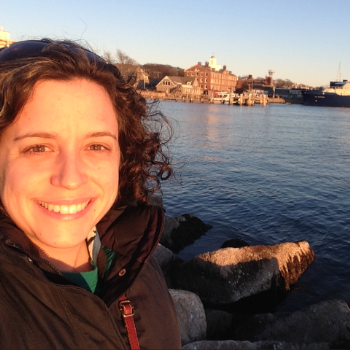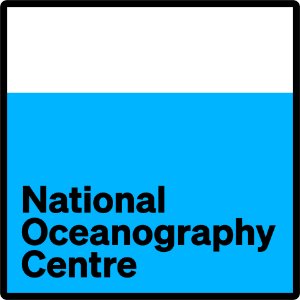Neuston Net Research Collective: Conduct Plankton Survey-Style Transects
Project Overview:
The Neuston Net Research Collective unites the academic world and the international yachting community in an effort to conserve and understand our oceans through scientific research. This unique collective spans a wide range of research topics with one common theme: they all utilize Neuston Nets. Neuston Nets are fine mesh nets often towed behind boats to collect samples of neustonic organisms, algae, plastics, plankton, seawater, and more. Our unique access to these nets allows us to pair proposed or ongoing projects with vessels around the world to collect samples from a wide geographic range.
This citizen science movement engages the yachting community by providing comprehensive onboard kits which allow yacht crews and owners to conduct plankton survey-style transects related to one of our partnered research projects.
Program Partners
- Florida Gulf Coast University
- Georgetown University
- University of Exeter
Location
- To be determined upon applying
Expected Time Frame
- Flexible
Citizen Science activity parameters listed above are flexible and negotiable.

Background:
Dr. Mike Parsons, Florida Gulf Coast University
Dr. Mike Parsons is a professor of Marine Science in the Water School at Florida Gulf Coast University and the Director of FGCU’s Vester Field Station. Dr. Parsons has built a successful research career, receiving over $20 million of extramural funding to study harmful algal blooms and ecosystem health. His work has been cited over 3,000 times in the scientific literature, demonstrating the quality of his work. In addition to working with other researchers around the state to find solutions to our algal bloom problems, he was appointed to the Blue-Green Algae Task Force by Florida Governor Ron DeSantis in 2019 to work to reduce the impacts of harmful algae in our region.
Tutorial for Neuston Net Sampling: A Comprehensive Guide to SeaKeepers’ Citizen Science Initiative
Dr. Rebecca Helm is an Assistant Professor at Georgetown University. She studies the ecology and evolution of life on the ocean’s surface layer. Organisms at the surface of the ocean create food and shelter for diverse species, from albatross to salmon, sea turtles to sunfish, yet we know very little about surface-living species, where they live, how abundant they are, or the impacts human activity is having on their numbers. She is interested in High Seas policy and the impact of novel emerging activities on their impact on high seas ecosystem. She also uses jellyfish as a model system to study how complex life cycles evolve and change over time.
National Oceanography Centre
Dr. Pabortsava, Dr. Horton, and Dr. Lampitt are researchers at the National Oceanography Centre in the UK. Dr. Pabortsava has spent her career focusing on ethical interaction practices including marine pollution and ethical observation. Dr. Lampitt’s research focuses on deep sea biological and biogeochemical processes. Dr. Horton has focused primarily on microplastics and their role as pollutants in the marine environments. This expertise, in combination, has made them the perfect team to focus on the role of microplastic pollution in biogeochemical processes in the open ocean. This project, therefore aims to collect information about the distribution of various sizes and kinds of microplastics around the world thanks to major ocean currents.
Data Impact:
Dr. Mike Parsons, Florida Gulf Coast University
Neuston Net Research: From samples collected by SeaKeepers’ DISCOVERY Yachts, Dr. Parsons and his team at the Vester Field Station will examine the role of floating Sargassum in distributing/transporting Gambierdiscus dinoflagellates around the Greater Caribbean region. Gambierdiscus is an epiphytic dinoflagellate that typically is not transported by water currents. Sargassum may provide a mechanism to facilitate and intensify the movement of Gambierdiscus in the region. This is important to study because several Gambierdiscus species produce toxins (called ciguatoxins) that can move through a coral reef food web and toxify reef fish. When people eat fish that have accumulated enough of these toxins, they can get sick (gastrointestinal and neurological symptoms), in a malady called ciguatera poisoning. The fish most commonly associated with ciguatera are the larger predators, including barracuda, grouper, and large snappers.
Dr. Rebecca Helm, Georgetown University
Neuston Net Research: From photos of samples collected by SeaKeepers’ DISCOVERY Yachts, Dr. Helm will determine the geographic range and presence of certain neustonic organisms, including the Blue Button Jellyfish (Porpita porpita) and By-the-Wind Sailors (Velella velella).
National Oceanography Centre
The data collected in this project will help to inform the scientific community as well as the global community at large regarding the role of microplastic pollution in marine ecosystems. This understanding of which kinds of plastics tend to travel where may allow countries to have greater motives to limit their plastic use and the proper disposal thereof.
How to Participate:
Dr. Mike Parsons, Florida Gulf Coast University
Locations for sample collection: Sargassum species are found throughout tropical areas of the world including the Sargasso Sea, Caribbean, North Atlantic Ocean, Florida, and more.
Dr. Rebecca Helm, Georgetown University
Locations for sample collection: The neustonic organisms of interest are found Great Pacific Garbage patch and other floating patches of garbage around the world.
National Oceanography Centre
Locations for sample collection: this project aims to collect samples from around the entire globe. These vessels should be heading across or around large ocean basins, traveling a relatively large distance across which samples can be taken. Equipment includes one plankton net, a few small hand tools, and the ability to cold store several 1L samples.
Neuston Net Research Collective Current Activity:
Browse our Neuston Net Research Collective page to view all the activity and participating vessels who have submitted data.
Program Partners:
Get Involved
If you’re interested in learning more about this specific program opportunity, please reach out to our team below to find out more about this program or get involved in other opportunities with SeaKeepers.
Explore More Opportunities
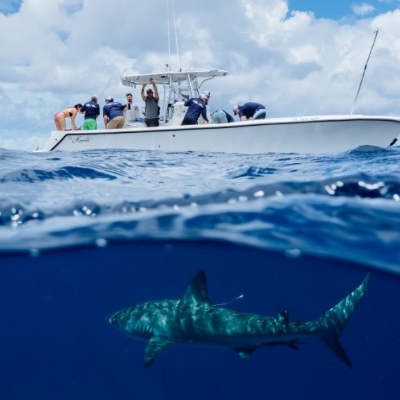
At-Sea Opportunities
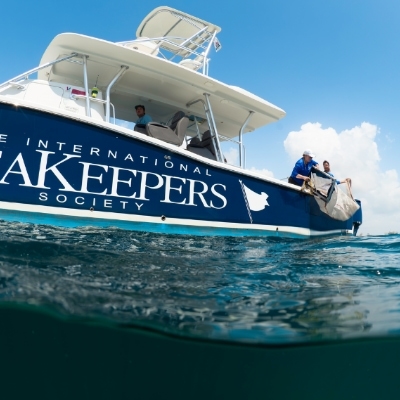
Citizen Science Opportunities
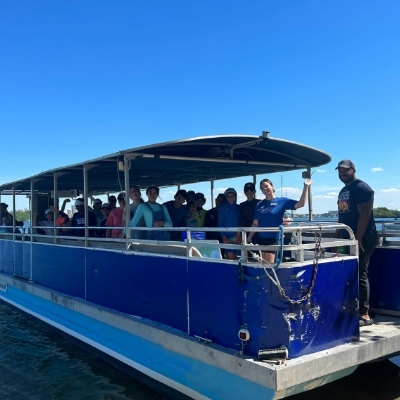
Education Opportunities
